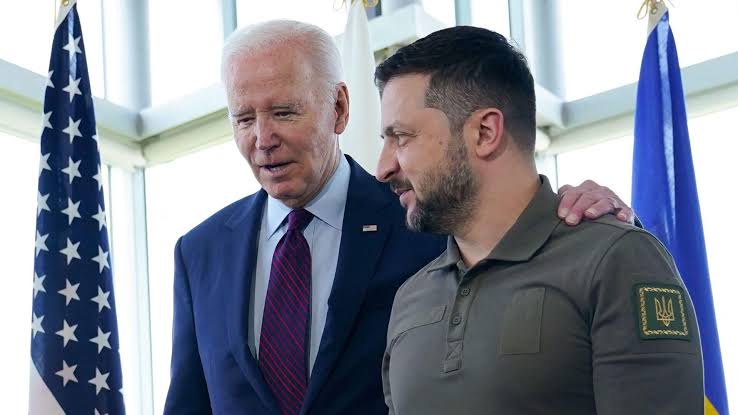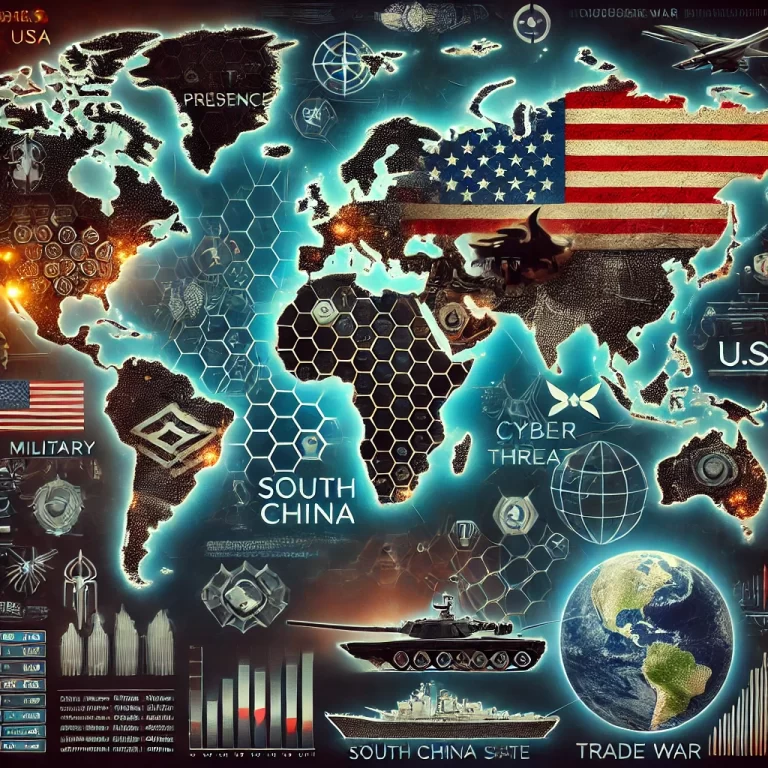
The US’ Long-Delayed Aid To Ukraine Won’t Push Russia Back
At the absolute most, this aid package might prevent Ukraine’s collapse by keeping the state running and possibly slowing down Russia’s already glacial advance, thus potentially averting the worst-case scenario that the Ukrainian Intelligence Committee warned about in late February
A lot of hype accompanied the House’ passage of a long-delayed $60 billion aid package to Ukraine after the Republican Speaker cut a deal with the Democrats to make it happen. Supporters claim that it’ll help Kiev reverse the disastrous military-strategic dynamics that set in since the failure of last summer’s counteroffensive. They expect that Ukraine will either stop Russia’s gradual advance or maybe even launch the second counteroffensive that Zelensky recently spoke about.
Those are unrealistically high hopes, however, since it turns out that only around $14 billion or a little less than one-quarter of the total aid package will go towards buying new American arms for Ukraine. The Guardian reported on this politically inconvenient fact as did other outlets, which noted that $23 billion will go towards replenishing the US’ own depleted stockpiles. Meanwhile, $11 billion will fund current US operations in the region while $8 billion will help the Ukrainian government stay afloat.
At the absolute most, this aid package might prevent Ukraine’s collapse by keeping the state running and possibly slowing down Russia’s already glacial advance, thus potentially averting the worst-case scenario that the Ukrainian Intelligence Committee warned about in late February. They raised awareness back then of the very real possibility that a Russian military breakthrough by sometime this summer might coincide with large-scale nationwide protests that topple the government.
The promised aid is insufficient for giving Ukraine the military-strategic advantage over Russia so the first part of their worst-case scenario is still in the cards, but the second might become less likely than before since the chances of dissident officials joining any nationwide protest movement is reduced. So long as they continue getting paid, they don’t have a pressing financial incentive to turn against the state, thus slashing the chances that a nationwide protest movement could topple the government.
The promised aid is insufficient for giving Ukraine the military-strategic advantage over Russia so the first part of their worst-case scenario is still in the cards, but the second might become less likely than before since the chances of dissident officials joining any nationwide protest movement is reduced.
In the event that Russia does indeed achieve a military breakthrough sometime in the coming months, then no emergency deal between the “Republicans In Name Only” (RINOs) and the Democrats modeled off of Saturday’s would make a difference. The only recourse would be capitulating to Russia’s demands or authorizing a conventional NATO intervention, neither of which the US prefers but it would be forced to choose between the “lesser of two evils” from the perspective of its perceived interests.
The ruling Democrats can’t afford the optics of “losing Ukraine” after all they’ve invested into it, but they also can’t afford on-the-fence voters being spooked by a conventional NATO intervention into casting their ballots for Trump or a third party as a form of protest and thus tank Biden’s re-election. All that can be known for sure is that the latest aid package does nothing to decrease the odds of this dilemma, nor would any forthcoming ones, but it will indeed lead to more Ukrainians dying with nothing to show for it.
Dr Andrew Korybko is a political analyst and a regular contributor to the Sixteenth Council Insights



